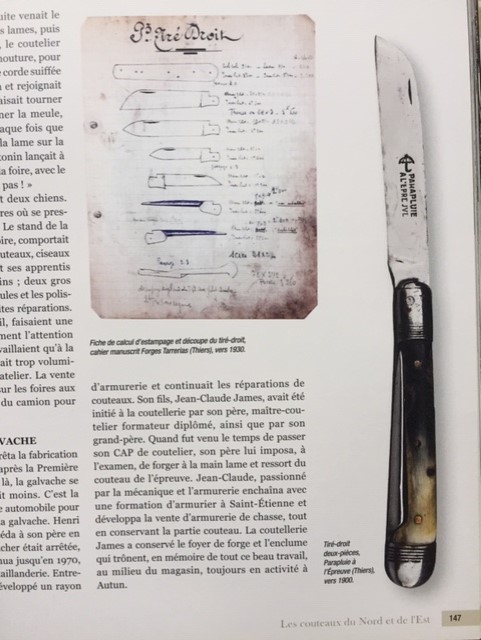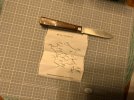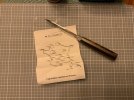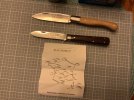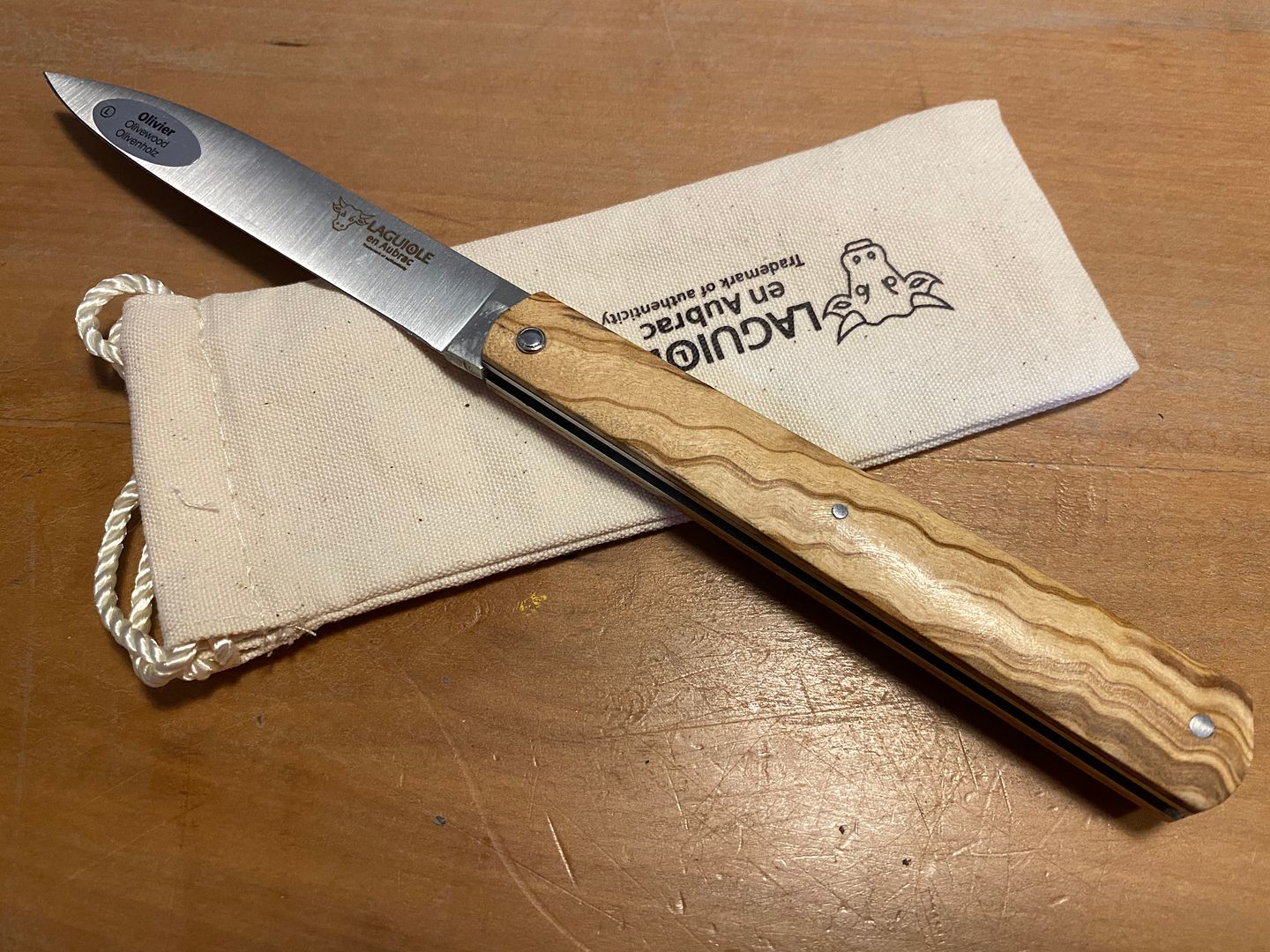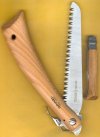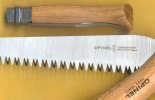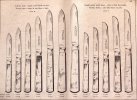lambertiana
Gold Member
- Joined
- Jul 7, 2000
- Messages
- 9,723
A mail packet actually came through the door this morning! What can Finnish Posti be thinking??? They usually prefer to leave parcels for a month in Hki before touching them
Anyway, excited by this one and like my other Le Sabot it's a sturdy animal. There is I believe, a type of file called a bastard file....this is the knife equivalentForget dainty elegance, this makes for an excellent Workhorse no mistake. All steel construction, Sandvik blade which is ground sharp and thin- an arm shaver anyway, no hint of blade play (unlike certain expensive Lags) you can pinch it open but closing is a very tough job needing extreme care. Which is good really as it's going to be hard to shut by accident, but if you do....
Think it's 10cm/4" closed, my jury is still out about theHorn slabs, whilst good quality and thick I'm not yet sure about the grey aspects, prefer white streaks in dark or striped Blonde but you can't choose that on the net. If I think of the price, about 45€ it represents very good value and would certainly be at home in a situation where you want a tough and aesthetic work.knife.

I like it! And the horn has my stamp of approval, if that means anything.



